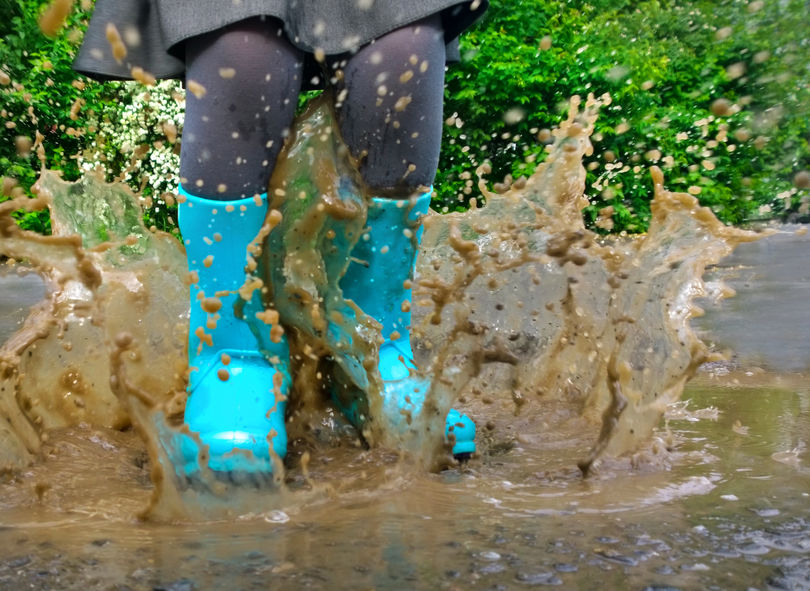The Trump administration has formally repealed the “Waters of the United States” rule (WOTUS), after the action was tied up in various court cases.
The problem with the Obama administration’s WOTUS rule was that it broadened the scope of federal control so much that even ditches that happened to fill with water could fall under the government’s “navigable waters” scope of authority.
Next to come is replacing the WOTUS rule with a regulation that better clarifies exactly what waters the federal government has authority over. That will most likely be proposed this winter, according to U.S.News.
Enacted by the Obama administration, the WOTUS rule was intended to define the types of waterways that the federal government has authority to regulate. This has long been a debated issue, and was even the subject of a Supreme Court case in 2006, Rapanos v. United States. Even that case failed to deliver the clarity needed on the issue.
The American Farm Bureau and the National Association of Manufacturers were two of the most outspoken critics of the WOTUS regulation, arguing that it would cause significant headache and cost to farmers, ranchers, property owners, and business owners with zero environmental benefit. Here’s what the Farm Bureau had to say on Obama’s original WOTUS rule:
…it creates confusion and risk by giving the agencies almost unlimited authority to regulate, at their discretion, any low spot where rainwater collects, including common farm ditches, ephemeral drainages, agricultural ponds and isolated wetlands found in and near farms and ranches across the nation, no matter how small or seemingly unconnected they may be to true “navigable waters.”
Environmental activists are making this repeal out to be the latest example of the Trump administration’s so-called callousness and greed.
But how exactly would treating ditches and drainage areas as “navigable waters” help the environment? It wouldn’t.
There’s a reason the United States has state governments, county governments, and local governing authorities. It is far better for those who live in and around an area to make the decisions best for their environment, rather than a “one-size-fits-all” approach from the federal government.
Federalism works. Let states and local governments solve issues in the way that best fits their environments and citizens.
As reported by CFACT’s own Bonner Cohen last year, the coming Trump replacement rule will most likely divide navigable waters into six categories:
- traditional navigable waters (rivers, bays, the Great Lakes, etc.);
- waterways connected to navigable waters, including tributaries;
- certain navigable ditches used for commercial shipping, such as the Erie Canal;
- lakes and ponds that contribute to navigable waterways;
- impoundments of jurisdictional waterways; and
- wetlands adjacent to navigable waterways through “direct subsurface connection.”
These are all bodies of water that it makes perfect sense for the federal government to have authority over.
If the new EPA replacement rule sticks to this original plan, it will finally bring common sense clarity to what exactly are “Waters of the United States.”
